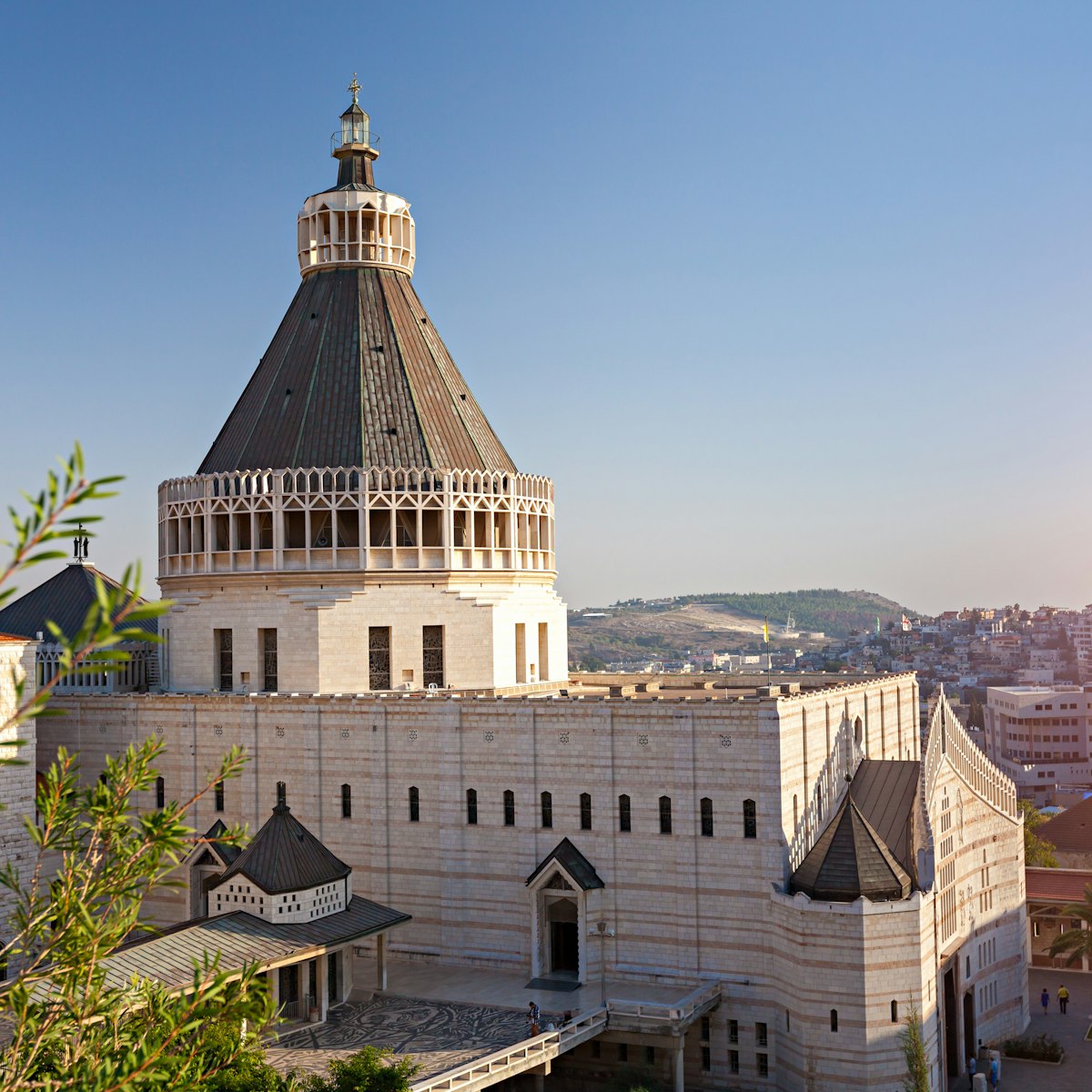Rosh Pina was settled in the 1870s by Jews from Tsfat and, after 1882, by immigrants from Romania. The old town consists of just three short cobblestone streets, one of them, with Parisian pretension, called HaBoulevard. Visitors can explore the quiet lanes, lined with pretty, restored (and unrestored) stone houses; visit the old synagogue (1887), which still has its original wood furnishings; and pop into a dozen galleries (www.art.roshpina.co.il) where artists – some well known – sell jewellery, ceramics, sculpture and paintings.
Professor Mer’s House (1887) has a small museum with exhibits on his anti-malaria work and Rosh Pina’s early years; this is the place to come for visitors information. House of the Dignitaries (Beit HaPkidut) has a new multimedia exhibit, also on Rosh Pina's storied history. Signs show the way to the shady, hillside Baron’s Garden (founded 1885) and the Old Cemetery (via Ben Arieh St). At the very top of HaHalutzim St, next to a giant wind chime, the Nimrod Lookout memorial affords breathtaking views of the Hula Valley, the Golan and Mt Hermon; use of the binoculars is free.








